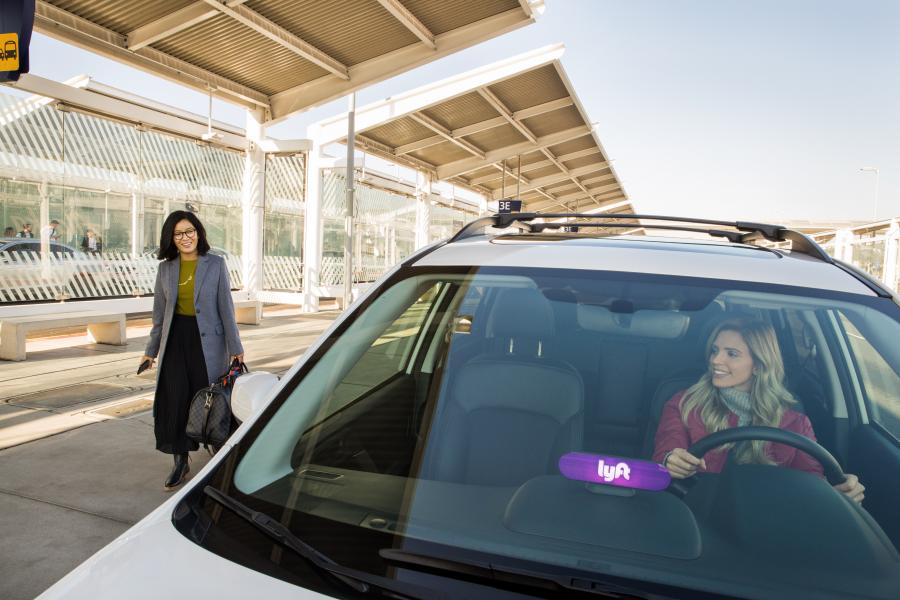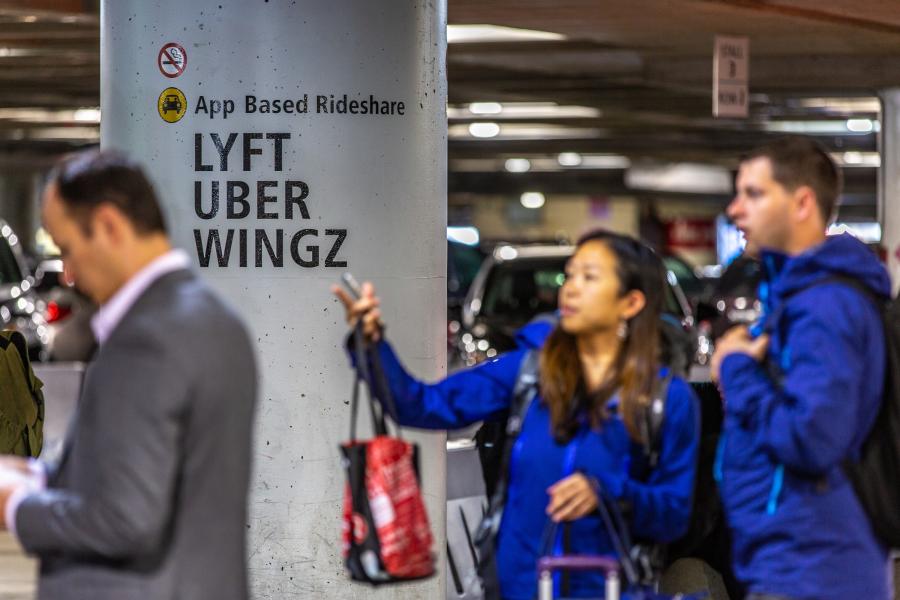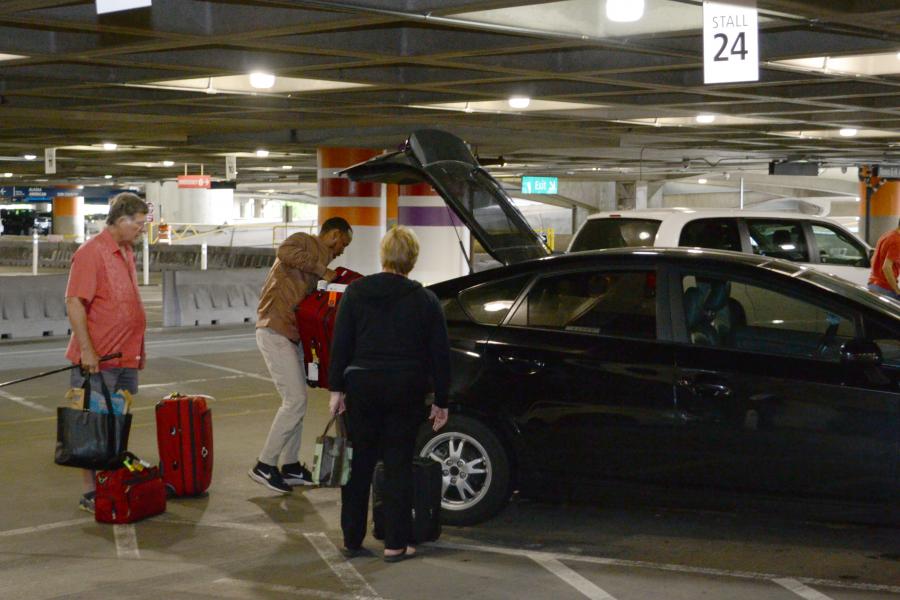
Your Lyft ride just got a little greener.
The on-demand rideshare company has a mission to improve people’s lives with the world’s best transportation, and one way it wants to do that is by reducing its carbon footprint.
For Lyft, building sustainability into its rideshare services is more than making good business decisions. It’s the right thing to do.

Over the past year Lyft has implemented creative technology designed to reduce the current and future environmental impacts of its rides. Because of this innovation, Lyft received a 2018 Environmental Excellence Award from the Port of Seattle in both the Environmental Performance and Innovation categories.
Lyft, in partnership with Sea-Tac Airport, began the Rematch program in 2018. The program uses technology that allows Lyft drivers to drop their riders off curbside at the airport and then immediately go to pick up another waiting rider who wants to leave the airport. Drivers save time and gas, and riders get their ride much more quickly.
“It turns out that we need about half as many cars as we would otherwise need without Rematch going,” said Todd Kelsay, Lyft’s Pacific Northwest General Manager.
During 2018, Lyft’s Rematch program has cut Lyft’s emissions and reduced carbon dioxide emissions by 250 metric tons. To date, Rematch has been deployed at 35 airports nationwide and counting. Kelsay said programs like Rematch are a win-win for everyone involved.
“It’s important to know that transportation is the largest greenhouse gas emitter in the United States,” Kelsay said. “So when we can improve efficiencies like we did with Rematch and have better outcomes and improve the environment, why wouldn’t we do something like that?”
Lyft is a growing part of the transportation ecosystem, and it also wants to be a part of an environmental solution. In addition to the implementation of the Rematch program, Lyft became the first carbon neutral rideshare company by offsetting all ride and company emissions. Lyft is also one of the world’s largest voluntary carbon offset purchasers.

“Our real vision is we want to see more people in fewer cars, and we want cars to be environmentally friendly,” he said. “Climate change isn’t going anywhere so we want to do something now.”
Around 9,100 metric tons of carbon from Sea-Tac’s operation were offset during this investment. “We want to do something now, although we understand fully this is more of a bridge than an ultimate solution though,” he said.
Lyft has also worked to integrate transit directions into its app, deploy bikes and scooters for bike/scooter share programs, and lean into its shared ride program, where multiple people starting in different places with different destinations can share a ride.
Lyft recently launched another sustainability feature called Green Mode. Riders can select Green Mode in the app as they are requesting a ride, a hybrid or electric vehicle will pick them up. Similarly, Lyft is adding more electric vehicles to their fleet through an Express Drive vehicle rental program for their drivers.

“Passengers want to make those environmentally conscious decisions and we want to support their desire to do so,” he said. “We know that through our technology and our operational excellence we can really deliver on some great solutions, particularly when we partner with our drivers, community, and the Port of Seattle.”
He said the award from the Port of Seattle is a reminder that “when we work together with partners like the airport, we can collectively do more than on our own.”







